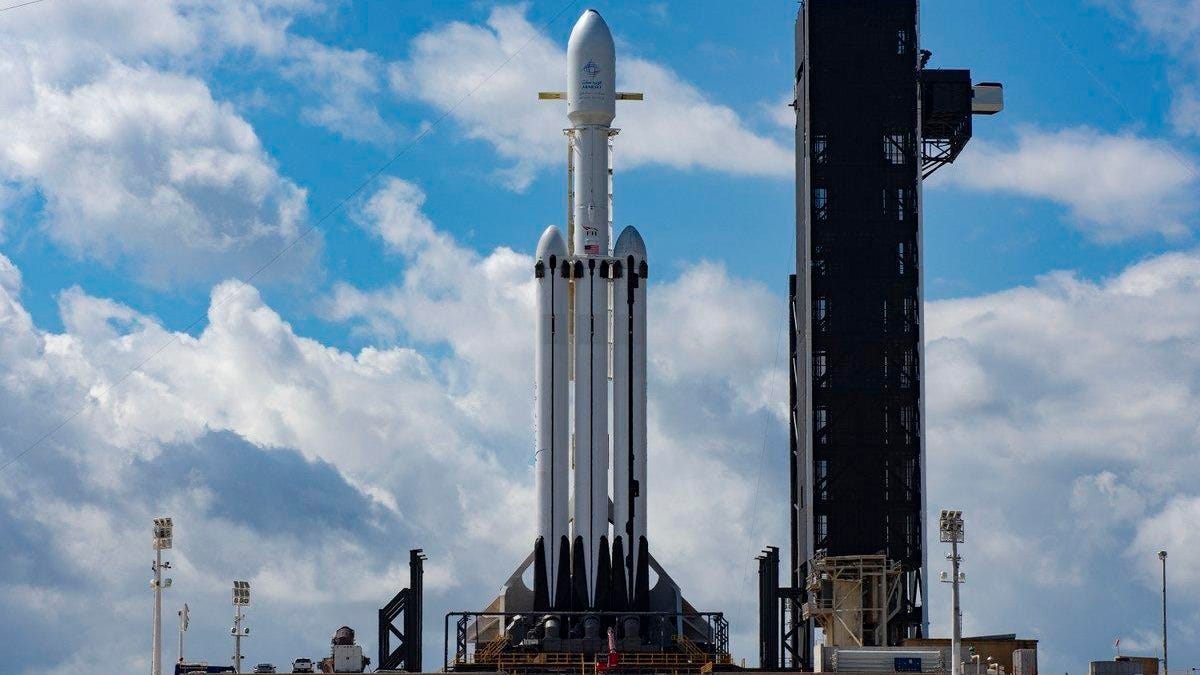SpaceX Falcon Heavy rockets into history and nails the landing
Elon Musk's biggest rocket blasts off in a blaze of glory, then lands its center core on a ship for the first time.
The first time we watched a Falcon Heavy take off, over a year ago, it carried Elon Musk's personal Tesla Roadster into space. Now, with the delivery of Saudi Arabia's Arabsat-6A telecommunications satellite into orbit Thursday, Falcon Heavy is proving itself as a commercial launch vehicle.
Falcon Heavy, the most powerful rocket currently in use, blasted off from Launch Complex 39A at NASA's Kennedy Space Center in Florida. It was originally scheduled for a Wednesday launch, but uncooperative winds caused the delay.
Falcon Heavy's center core landed on the SpaceX droneship.
SpaceX planned a landing of the rocket's side boosters on pads known as Landing Zones 1 and 2, while also aiming to bring the center core down gently on the floating Of Course I Still Love You droneship.
The side boosters safely returned to Earth in a nicely coordinated landing. The center core then successfully touched down on the droneship, a first for SpaceX.
The original Falcon Heavy demonstration mission in early 2018 involved the safe recovery of the two side boosters, but the center was lost when it plunged into the Atlantic Ocean.
Musk had estimated the Falcon Heavy's risk of failure at 5% to 10% because of unproven changes made since the first demonstration launch.
First flight for Falcon Heavy Block 5 means there is some risk of failure between 5% to 10% imo. Many good design improvements from Falcon Heavy demo, but the changes are unproven.
— Elon Musk (@elonmusk) April 10, 2019
This launch signals the start of a new evolutionary era for SpaceX's commercial flights. Falcon Heavy is a monster capable of carrying 141,000 pounds (64 metric tons) into orbit. That's a lot more than a Tesla Roadster weighs.


